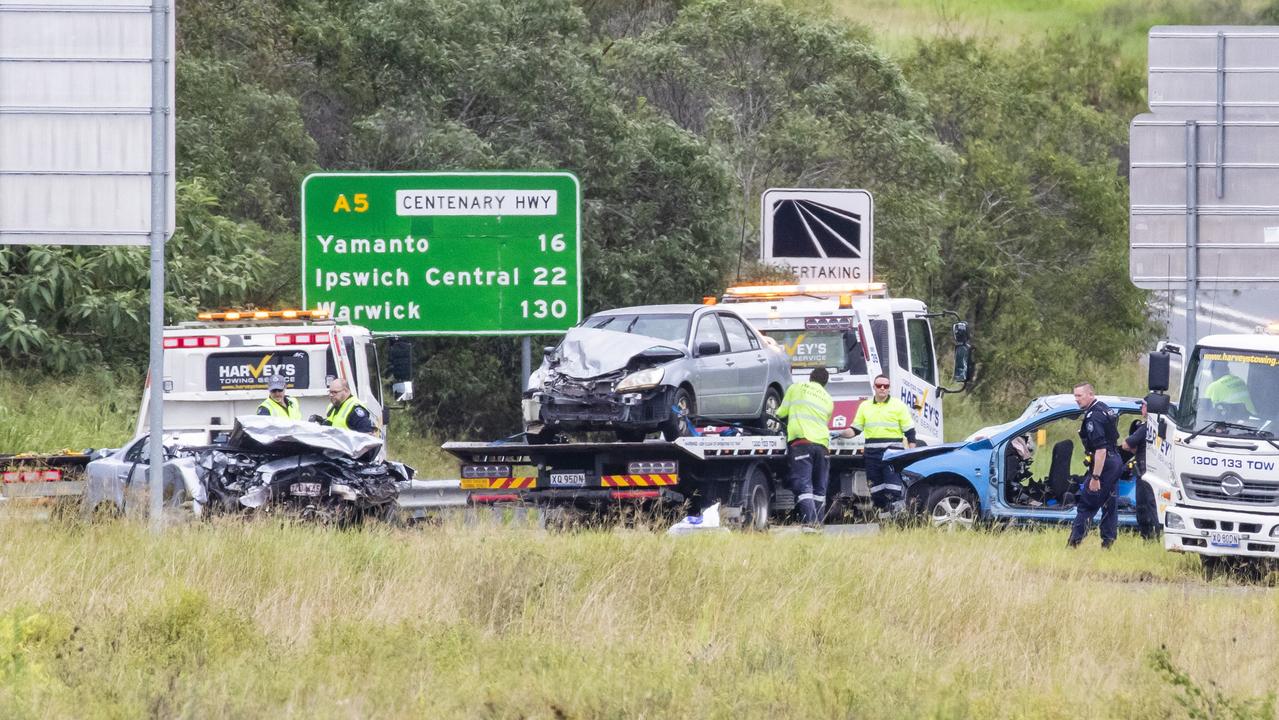Would you take on a terrorist if faced with one? How plane hijack attitudes have changed since 9/11
HOW would you respond to someone posing a serious threat to a plane you were on? Experts say the days of passengers sitting back and complying are over.
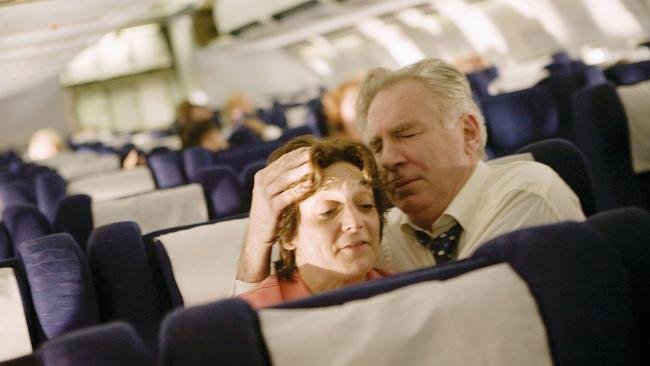
IMAGINE you’re sitting in your seat on an aircraft when you notice someone acting strangely.
If that person suddenly presented a danger to the flight, by clawing at the plane door, trying to enter the cockpit or attacking a flight attendant or passenger, would you intervene?
Could you place yourself in a potentially life-threatening situation in a bid to save yourself and others?
A frightening incident on board a Malaysia Airlines flight from Melbourne to Kuala Lumpur last night once again demonstrated the capacity for ordinary people to act heroically when called for.
Former AFL player Andrew Leoncelli was sitting in business class when a 25-year-old man rushed to the flight deck 10 minutes after takeoff and demanded to speak to the pilot.
He claimed to be carrying a bomb but despite the potential for harm, Mr Leoncelli left his seat and confronted the man.
“The staff screamed out, ‘I need some help, I need some help’. So I jumped up, undid my buckle, and approached him,” he told 3AW today.
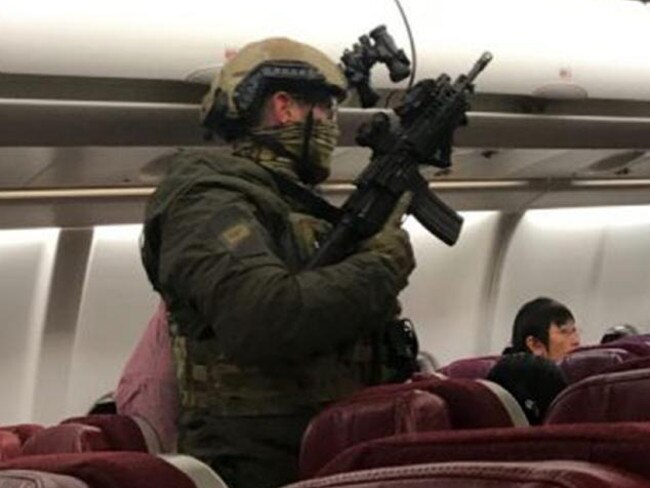
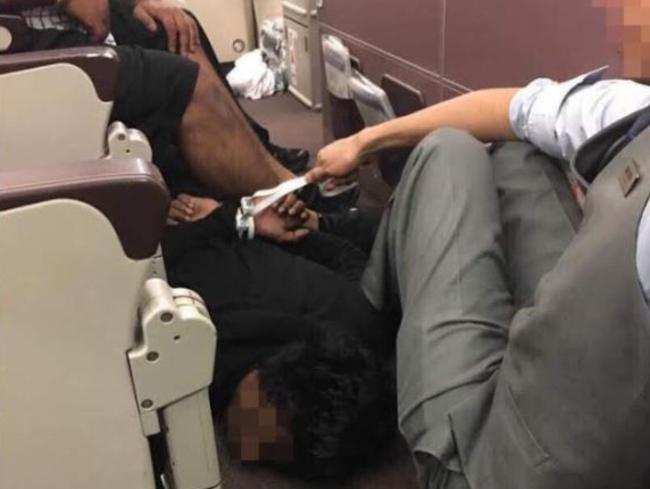
“I said, ‘Mate, what are you effing doing?’ And he said, ‘I’m going to blow the f***ing plane up, I’m going to blow the f***ing plane up.
“So, I approached him and he ran down the side and then he ended up going down the back of the plane. And then two lads grabbed him and disarmed him and bashed the crap out of him and put hog ties on him.”
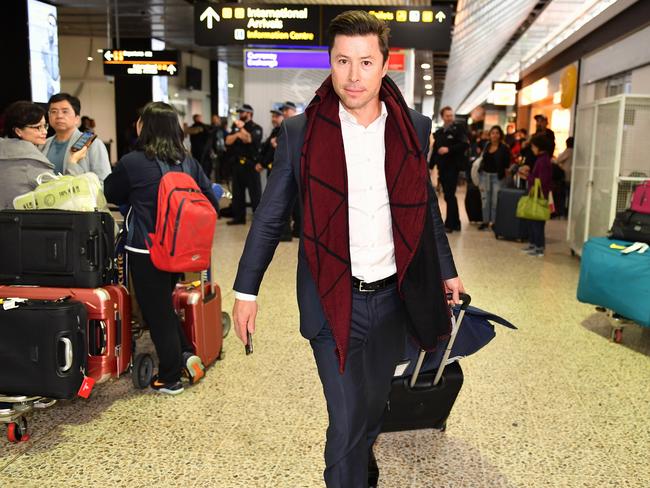
In dangerous situations, the brain is faced with a fight-or-flight dilemma. Do you stand firm and try to defend yourself or flee for safety?
But when you’re up in the air in a small metal tube, the options are limited. This, and our post-September 11 sensibility, is perhaps why the famed ‘bystander effect’ doesn’t seem to apply.
Long observed by social psychologists, the bystander effect occurs when the presence of other people discourages individuals from acting in an emergency situation.
‘MOST PEOPLE WILL FIGHT BACK’
A counter-terrorism and security expert who spoke to News Corp Australia on the condition of anonymity said the response of air passengers to security threats changed on September 11, 2001.
“Previously, the protocol was of full compliance — get the aircraft on the ground and negotiate. In hijacking incidents in the past, the outcome was generally positive (for the passengers).
“That doctrine went out the window on 9/11 and how passengers responded changed in real time.”

Those on board the two aircraft that smashed into the towers of the World Trade Centre in New York were said to have sat calmly in their seats, complying with terrorists’ demands.
But when word of their awful fate reached those on board United flight 93, the passengers on that plane decided to act, the expert said.
Their actions saw the plane come down in a field in Pennsylvania rather than smash into its intended target, believed to have been the White House in nearby Washington DC.
“It led to the alternative situation of fighting back, which I think still inspires people’s responses today.
“And it’s what we saw in the case overnight. Even though it wasn’t terror-related in the end, it would’ve seemed like it in the moment and a bunch of people didn’t hesitate to get up and pile on this bloke to contain the danger.”

On board the Malaysia Airlines flight last night, several people joined the effort to subdue the threatening man.
A man who identified himself only as Arif told Channel Nine that a the group of six or seven worked quickly to “put him on the floor”.
He said with staff’s help the group “cuffed him and tied his legs” and “put his face on the floor”.
In the wake of September 11, a company called Flight Watch American was founded to train flyers how to handle dangers in the skies.
A class participant Jerry Bradbury told ABC News that he knew someone on United 93, which crashed into a field in Pennsylvania after passengers overpowered the hijackers.
“I would hope that should the situation arise in the future, and I was on a plane, that I would be able to respond with as much courage as they did,” Mr Bradbury said.

Psychologists believe most people would respond in a similar fashion — particularly because the modern reality of terrorism is that the aggressors don’t want to negotiate.
It leaves many with the feeling that fighting back could be one of the only ways of avoiding a deadly outcome.
“Passengers’ heroic attempts on United 93 ... create a new resolve in the travelling public,” according to the book Passenger Behaviour by Robert Bor.
“Inspired by the desperate attempts to subdue the hijackers, passenger behaviour signals a new respect for crew members and a willingness to come to the rescue.”
Thankfully, it’s unlikely too many of us will have to contemplate such a scenario.
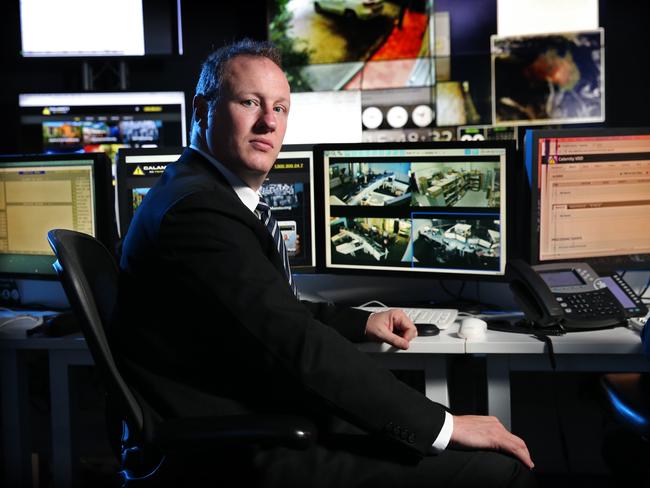
Daniel Lewkovitz, security consultant and the CEO of Australian firm Calamity Monitoring, said it’s unlikely there would be another September 11-style attack.
“However as with many anti-terrorism measures the uplift in aviation security came only after that attack which was too late,” Mr Lewkovitz said.
“Governments and security providers are very good at preventing yesterday’s crimes. Smart security is about preventing tomorrow’s.
“A terrorist isn’t going to get into a cockpit, simple as that. Taking control of an aircraft now is a very, very difficult proposition.”
Despite that, people are still nervous and ready to help if needed.
The book Passenger Behaviour cites research in the United Kingdom that found 50 per cent of air passengers would be willing to take action in case of a hijacking.
A further 40 per cent would conspire with others to take action.
And a total of 56 per cent of people who travel on planes say they’re more suspicious of fellow travellers and more alert to potential trouble.
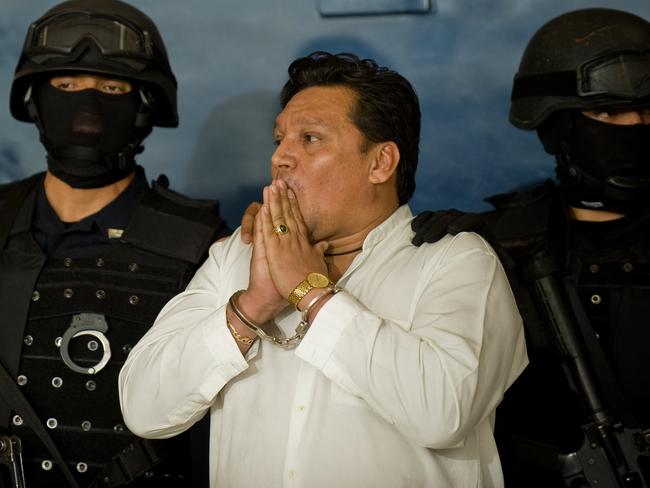
University of Akron professor Andrew Thomas, who has written extensively on airline safety, said wary passengers are unwilling to ignore possible danger.
“There is zero tolerance for anything happening on a plane,” Dr Thomas said.
AUSSIE HIJACK HORROR
Two years after September 11, an incident on a Qantas flight from Melbourne to Launceston saw quick-thinking passengers and crew thwart an attempted hijacking.
Flight attendants Greg Khan and Denise Hickson led five passengers in an effort to restrain a man armed with sharpened wooden stakes, an aerosol can and a lighter, during the horrifying incident on March 30, 2003.

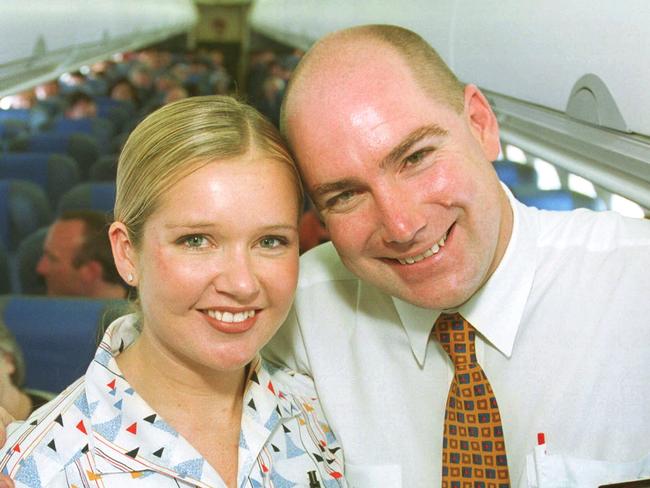
Mr Khan was stabbed in the head and Ms Hickson suffered injuries to her face as they tried to prevent the man from bashing through the Boeing 717’s cockpit door midair.
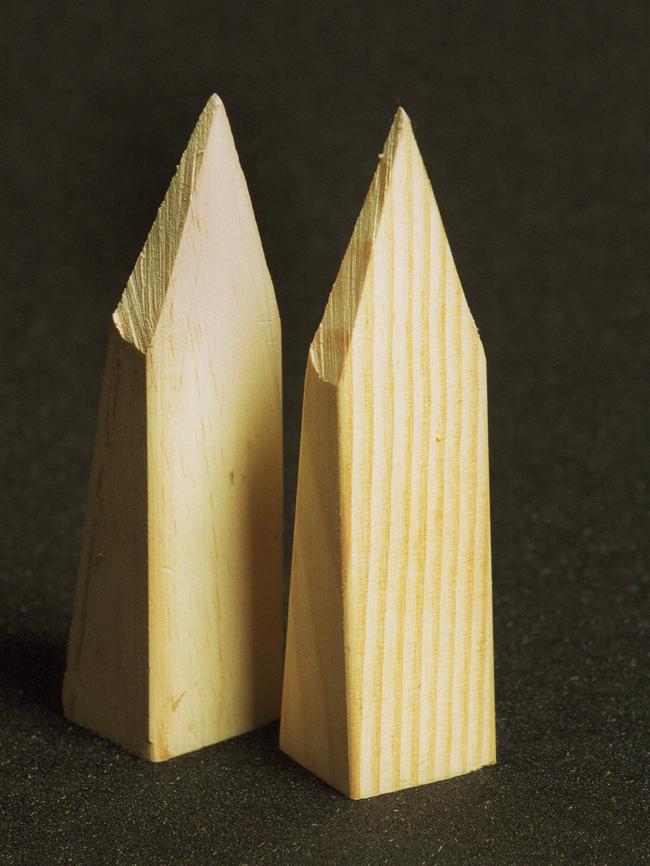

Witness Derek Findlay told Fairfax Media at the time: “Greg picked him up like a footballer with his head in the bloke’s chest and drove him back.”
A number of prominent examples of passenger heroics have emerged in the years since, both here and abroad.
Earlier this year, a Qantas flight from Los Angeles to Sydney was interrupted in its final hour of travel when a man disarmed one of the main aircraft doors and tried to open it.
Two passengers intervened and alerted staff, who subdued the agitated man. He was arrested when the plane touched down.
SPATE OF CLOTHING BOMBS
On Christmas Day in 2009, as Northwest Airlines flight 253 approached Detroit, passengers heard loud popping noises and saw a passenger and the wall of the plane on fire.
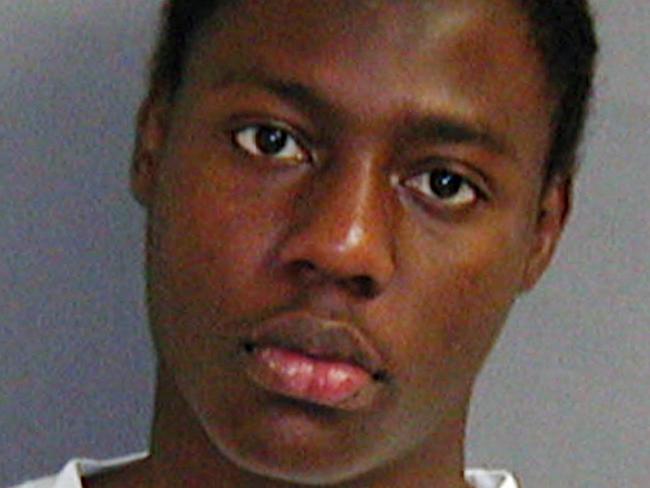
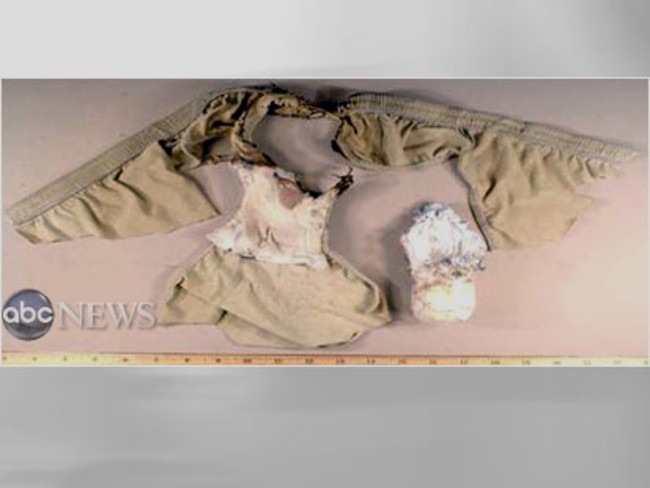
Nigerian extremist Umar Farouk Abdulmutallab had attempted to detonate explosives hidden in his underwear but the device was degraded.
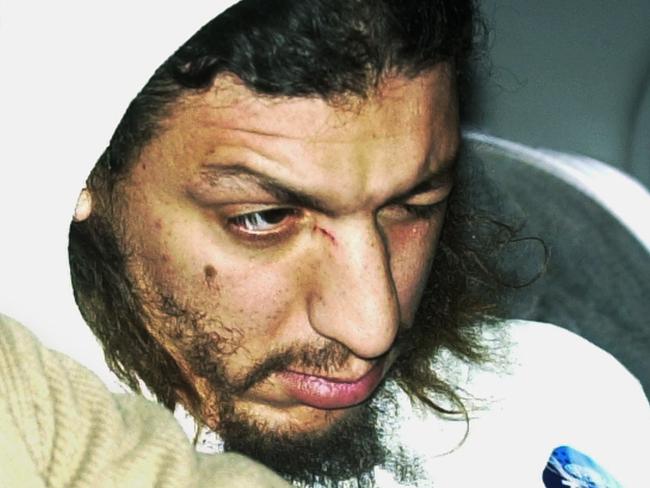
Without thinking, passenger Jasper Schuringa, a Dutch filmmaker, leapt on Abdulmutallab and subdued him as flight attendants used fire extinguishers to douse the flames.
Similarly, Richard Reid failed in his attempt to detonate a bomb hidden in his shoes on an American Airlines flight from Paris to Miami on December 22, 2001.
Two stewards spotted Reid acting suspiciously and he became violent. Several other passengers came to their aid and wrestled him to the ground and used seatbelt extenders and headphones to restrain him.
UNRULY PASSENGERS POSE A THREAT
Dr Thomas agreed and said the biggest threat to aviation safety and security is unruly and violent passengers who aren’t motivated by terrorism.
A recent example saw passengers on a London-bound flight leap into action when an irate passenger began screaming anti-Islamic rhetoric and grabbed another man by the throat.

Two flight attendants and five passengers broke up the melee, which spilt into the aisles.
Official advice from the US Department of Homeland Security is to avoid challenging hijackers physically or verbally, and to comply with their instructions.



